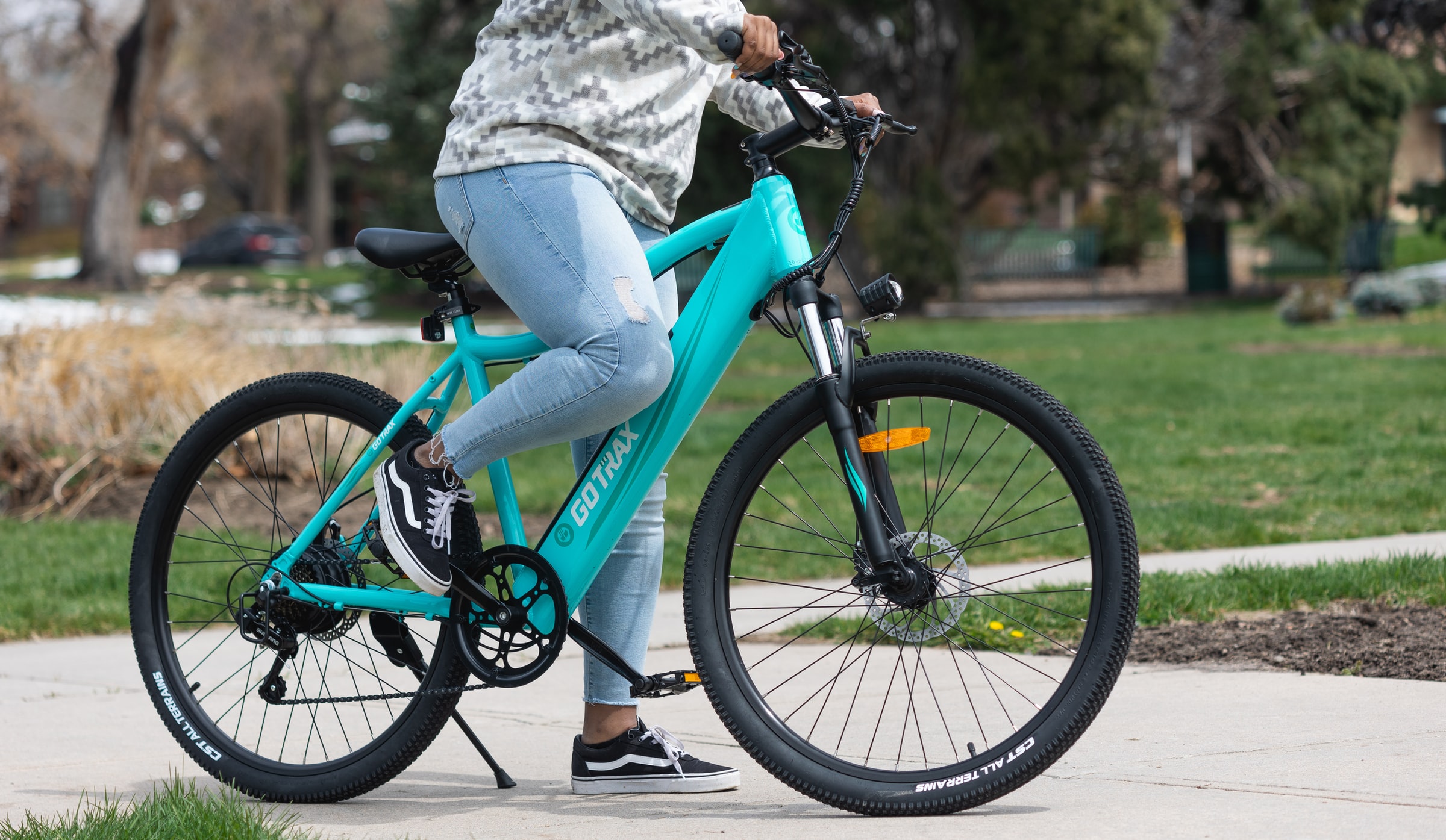As Cities Eye More Sustainable Transportation Micromobility Options Like E-Scooters And Shared Bikes Have Grown In Demand–And Attracted Billions In Startup Money.
Anyone who lives in a big city has probably encountered micromobility, the term given to e-scooters, electric bikes, pedal bikes, and other forms of transportation that are both lightweight and easy to maneuver through crowded areas. These modes of transport have seen rapid growth in recent years–as well as billions in new financing for micromobility startups.

There’s no mystery about why money is flowing into the sector. Demand for micromobility options has been on a steep rise as cities become more crowded. By 2050, an additional 2.5 billion people will live in urban areas worldwide, according to an October report from CB Insights. Micromobility can help cities solve traffic congestion problems and also lower their carbon footprints by reducing the number of cars on the road.
A 2019 analysis from McKinsey & Co. predicted that the U.S. micromobility market would be worth between $300 billion and $500 billion by 2030. That projection might be on the high side now, with the COVID-19 pandemic putting the brakes on the sector’s momentum. Although the report also said the sector is “expected to make a strong post-pandemic recovery.”
Data from market researcher Berg Insight found that the number of vehicles available through bike-sharing programs alone is estimated to reach 36 million by 2024, up from 23 million in 2019. Globally, investors have funneled $14 billion in equity funding into micromobility startups over the last four years, CB Insights noted.
The money continues to pour in this year, with micromobility companies raising hundreds of millions of dollars in recent months. Here are a few of the bigger deals:
- Swedish electric bike manufacturer Cake closed a $60 million Series B round over the summer, with funds going toward new manufacturing facilities in Europe, North America, and Asia, TechCrunch reported.
- German startup Dance raised $19.4 million after the company began rolling out its e-bike subscription service in Berlin. Dance plans to use the money to double the size of its operations and engineering teams and expand to more cities across Europe.
- Indian electric bike maker Ola Electric has raised more than $200 million to scale its manufacturing business in South Asia. The company will use the new funds to develop e-vehicles, including a motorbike, mass-market scooter, and electric car.
- Swedish scooter company Voi in August raised $45 million to finance research and develop technology designed to improve safety, keep users from riding on sidewalks and ensure scooters are properly parked.
While investors are lured by the financial prospects of micromobility companies, environmentalists are still digging up data to measure the environmental impact of scooters, e-bikes and bike-sharing programs.
As San Francisco-based micromobility company Spin recently noted on its website, research from North Carolina State University and other institutions showed that e-scooters were not as sustainable as they should have been when they first hit the market on a mass scale. That was mainly because of short vehicle lifespans and operations that relied on gas-guzzling vans. Many of those problems have since been ironed out.

A recent study from the International Transport Forum (ITF) examined how micromobility can address congestion, carbon dioxide emissions and air quality in cities. One thing the study found was that current urban mobility solutions aren’t keeping pace with the growth of cities, which leaves urban centers struggling to contain congestion, noise, pollution, and inefficient use of limited space.
Shared micromobility can go a long way toward easing those problems by reshaping urban mobility and offering a sustainable transport option that improves accessibility, the study said. Although micromobility primarily replaces eco-friendly options like walking, cycling, and public transit, it can also serve as a substitute for short car trips – which is where its environmental benefit comes in.
The ITF analysis found that the lifecycle greenhouse gas emissions from an e-scooter, calculated on a per passenger-kilometer (pkm) basis, is about 37% lower than those of conventional private cars. Emissions from shared bikes are 60% lower than cars.
“Most city authorities agree that micromobility enriches urban mobility, has the potential to change user behavior and thus help transition to low-carbon urban mobility,” the ITF study said. “Operators and authorities concur that the extent to which such benefits will be reaped depends on getting the regulatory framework for micromobility right.”





